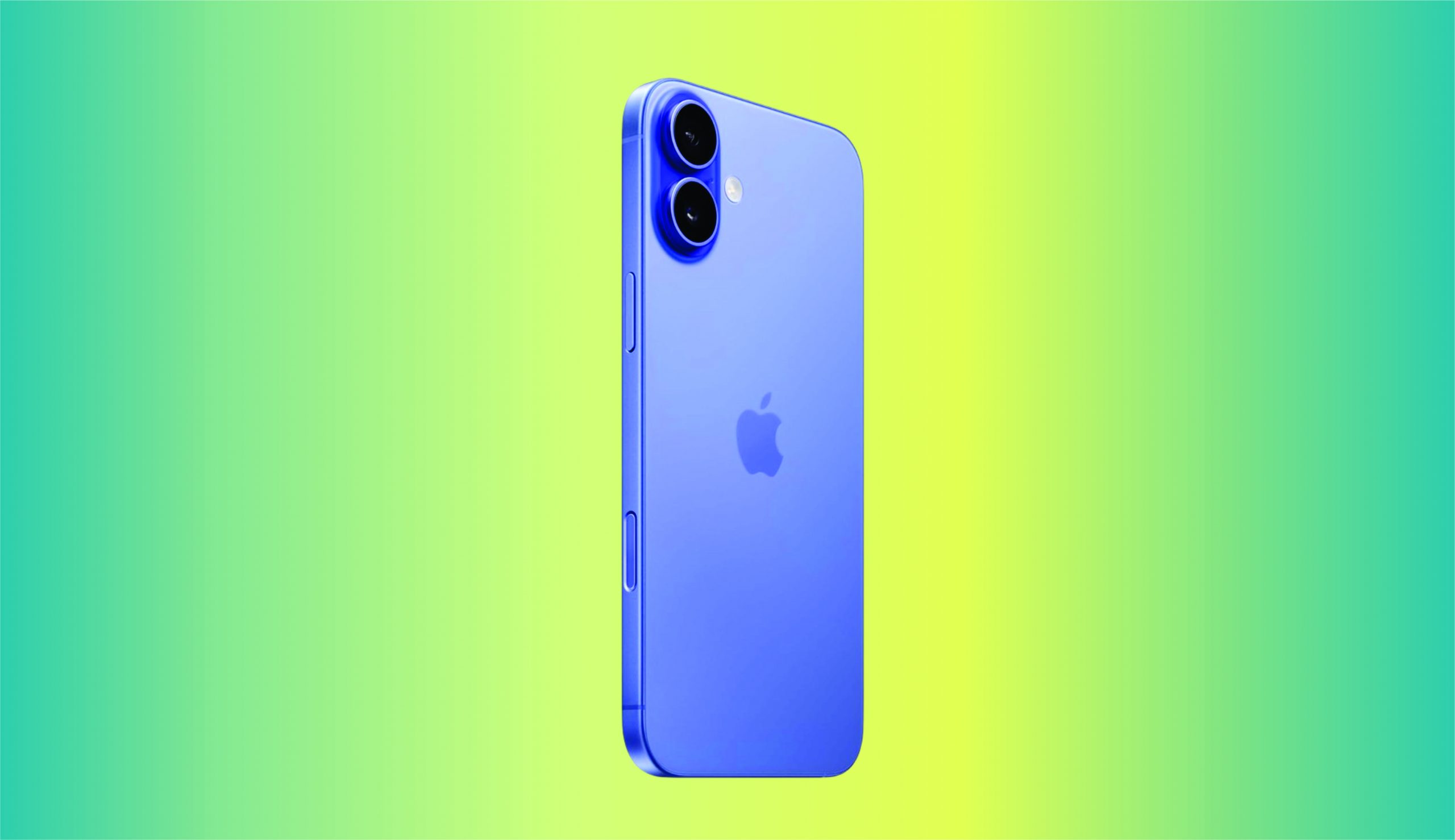Does the iPhone 16 really use USB-C? Yes, the iPhone 16 does use USB-C, marking a significant shift in Apple’s design choices. For years, the iPhone stuck with its proprietary Lightning port, but with the iPhone 16 series, Apple has finally embraced the universal USB-C standard. This is one of the most talked-about changes in the iPhone lineup, and it’s easy to see why.

USB-C has been the go-to connector for many of Apple’s other devices, like the iPad Pro and MacBook, and now it’s arrived on the iPhone 16. But why did Apple make the switch, and what does it mean for you? Let’s dive into the details.
Why the Switch to USB-C?
Apple’s move to USB-C isn’t just about following industry trends. There’s actually a mix of regulatory pressure, consumer demand, and practicality behind it. In 2022, the European Union passed legislation mandating that all smartphones and other electronic devices use a common charger—specifically USB-C—by the end of 2024. This law aims to reduce electronic waste and make life easier for consumers, who won’t need to carry different types of cables for various devices.
For Apple, the writing was on the wall. Sticking with the Lightning port would mean either producing different versions of the iPhone for different markets (an operational headache) or making the switch globally. Unsurprisingly, Apple chose the latter, standardizing on USB-C across the board starting with the iPhone 16.
But it’s not just about legal compliance. There were other good reasons for Apple to adopt USB-C. For one, many users have long requested it. USB-C is faster, more efficient, and already the standard for many other devices—both inside and outside the Apple ecosystem.
The Benefits of USB-C on iPhone 16
The move to USB-C comes with several practical benefits that make life easier for iPhone 16 users. Here’s what you can expect:
1. Faster Data Transfer
One of the biggest advantages of USB-C is its potential for much faster data transfer speeds. The iPhone 16 Pro models, in particular, take full advantage of this, with support for USB 3.0 speeds, which means transferring large files like 4K videos or RAW photos is now significantly faster than it was with the Lightning port. The base iPhone 16, while limited to USB 2.0 speeds, still benefits from the universal nature of USB-C cables.
Why It Matters: If you’re someone who deals with large files, whether it’s for professional photography, videography, or just moving data between devices, USB-C will make the process quicker and less frustrating.
2. Universal Charging
Apple users have long juggled between Lightning cables for their iPhones and USB-C cables for their iPads, MacBooks, and non-Apple devices. With the iPhone 16 adopting USB-C, the days of carrying multiple chargers are over. Now, you can charge your iPhone, iPad, and MacBook all with the same cable. This is not only more convenient, but it also reduces clutter in your bag and around the house.
Why It Matters: Having one cable to charge all your devices means less hassle when traveling, fewer cables to pack, and a more streamlined charging experience.
3. Improved Charging Speeds
Another major perk of USB-C is its ability to handle higher wattages, leading to faster charging times. While Apple hasn’t officially confirmed exact charging speeds, USB-C is known to support higher power delivery than Lightning. This means that with the right charger, your iPhone 16 could charge faster than previous models, especially the Pro variants which are expected to support up to 35W charging.
Why It Matters: Faster charging can be a game-changer, especially if you’re constantly on the go. USB-C can help you juice up your device quickly, reducing the time spent tethered to an outlet.
4. Better Accessory Compatibility
USB-C isn’t just about charging—it’s also about a world of accessories that are now compatible with the iPhone. Whether it’s connecting to external displays, using high-end audio equipment, or hooking up other peripherals, the iPhone 16’s USB-C port opens up a lot of possibilities. This change makes it easier for the iPhone to work with other devices, especially in creative or professional settings where external drives, cameras, and monitors are often used.
Why It Matters: For power users or professionals, this expands what you can do with your iPhone. From content creation to presentations, the added flexibility of USB-C will be a welcome change.
What About Your Old Lightning Cables?
Of course, one downside of the move to USB-C is that it renders your old Lightning cables obsolete when it comes to the iPhone 16. If you’ve invested in a bunch of Lightning accessories, you may be wondering what happens now. Apple does sell a Lightning-to-USB-C adapter, which can help bridge the gap, but it’s another accessory to keep track of. Over time, though, USB-C’s universal nature should make it easier to transition, especially as more third-party accessories switch to the new standard.
Why It Matters: While it’s a small inconvenience to upgrade your cables, the long-term benefit of switching to a universal standard like USB-C far outweighs the short-term frustration.
What the Future Holds
Now that the iPhone 16 has made the leap to USB-C, it’s safe to say that future iPhones will continue to use this standard. Apple is unlikely to switch back, especially since USB-C is not only faster and more versatile but also the direction the entire tech industry is moving in. Expect future Apple accessories and devices to become more aligned with this standard, making the Apple ecosystem even more seamless over time.
Conclusion: USB-C on the iPhone 16 Is a Win for Everyone
The switch to USB-C on the iPhone 16 is a long-overdue and welcome change. It not only aligns Apple with the broader tech industry but also delivers tangible benefits like faster data transfers, universal charging, and greater accessory compatibility. While it might be a bit of a hassle to switch from Lightning cables to USB-C, the convenience and performance improvements make it worth the trade-off.
Whether you’re a casual user or a professional, the iPhone 16’s move to USB-C sets the stage for a more streamlined, future-proof experience.
Also Check:
- 5 Problems Everyone Has With Apple iPhone 16
- Apple iPhone 16 Pro Max – Do Size Really Matter?
- Shark AV2501AE AI Robot Vacuum Review: Hands-Free Control with Alexa and Google Assistant
- This Stand Can Hold Up to Three Monitors—Ideal for Anyone Needing Extra Screen Space…
- Apple iPhone 16 Pro Max – Do Size Really Matter?
